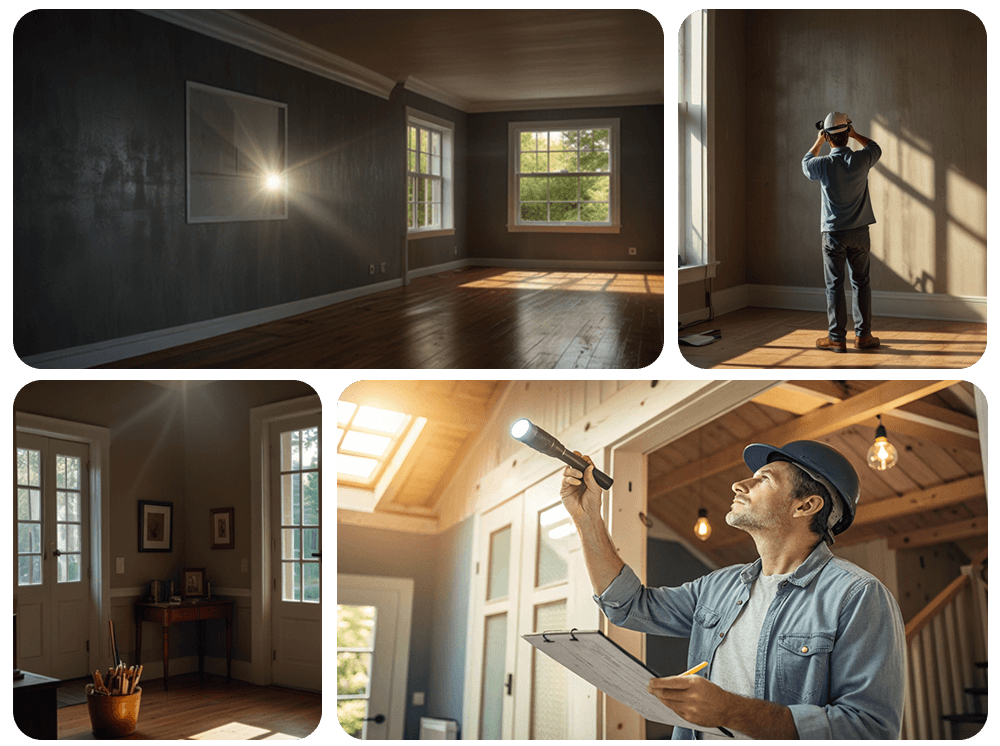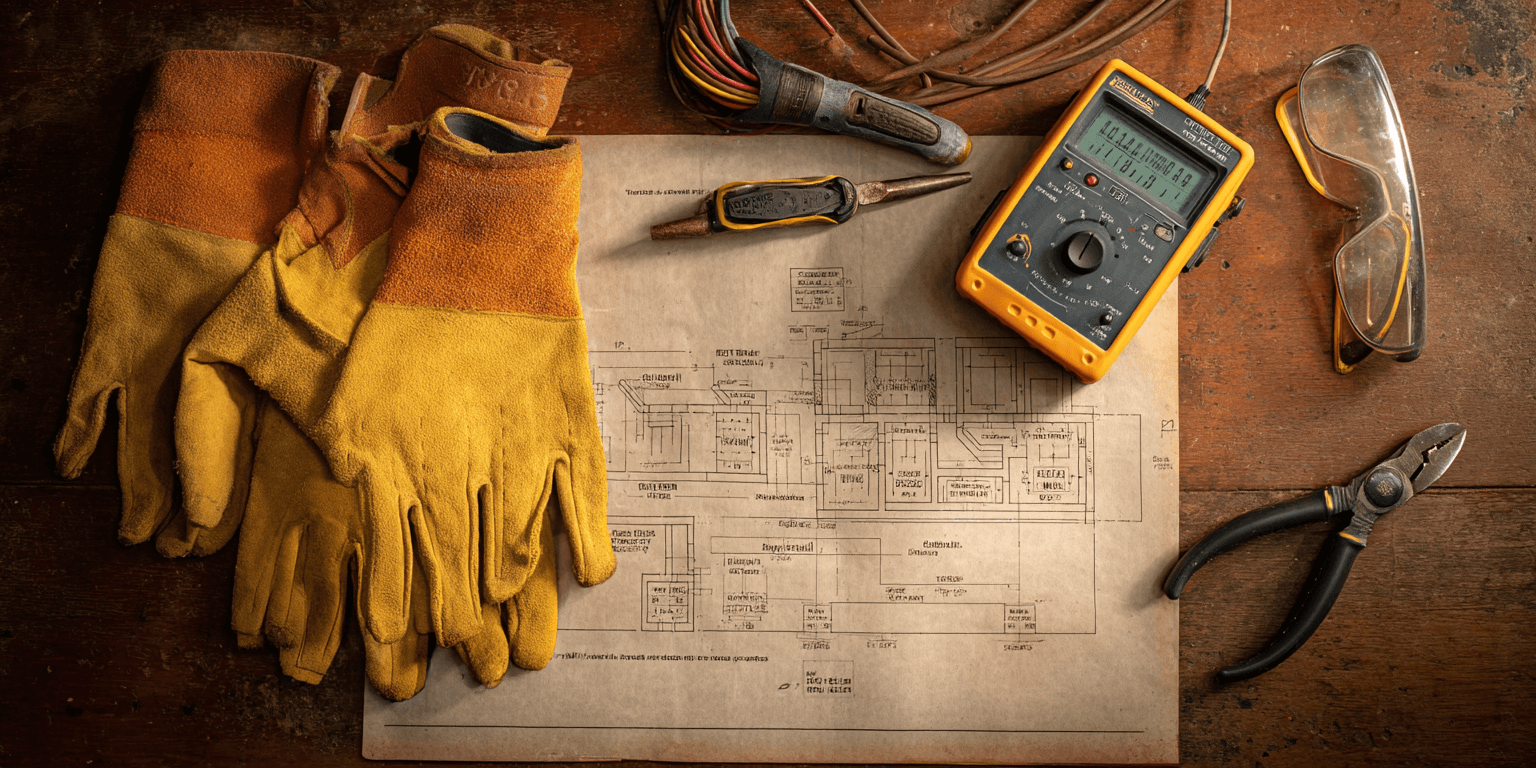When embarking on the journey of purchasing a new home in Denton, the excitement can sometimes overshadow crucial inspection requirements. Among these, the electrical system inspection stands as one of the most critical yet frequently overlooked aspects of the homebuying process. A thorough electrical inspection can mean the difference between a safe, functional home and one harboring hidden hazards behind its walls.
Understanding the importance of electrical inspections goes beyond mere compliance with local regulations. These inspections serve as your first line of defense against potential electrical hazards that could compromise your family's safety and lead to costly repairs down the line. From outdated wiring systems to overloaded panels, numerous issues can lurk within a seemingly perfect home, making professional inspection an essential step in the homebuying journey.

The significance of electrical safety cannot be overstated, especially in older homes that may have outdated or modified electrical systems. Many houses built before the 1970s might still have original wiring that doesn't meet current safety standards or accommodate modern electrical demands. Today's households typically use far more electronic devices and appliances than homes did even a few decades ago, putting additional strain on aging electrical systems.
Electrical panels serve as the heart of a home's electrical system, distributing power throughout the property while providing crucial safety features. An overloaded panel presents one of the most serious electrical hazards in any home. Understanding the signs of an overloaded panel can help buyers make informed decisions before committing to a purchase.
Common indicators of an overloaded electrical panel include:
Modern homes typically require a minimum 200-amp service to handle contemporary electrical demands. Older homes might have 100-amp service or less, which often proves insufficient for today's power needs. When evaluating a potential home purchase, checking the panel's amperage rating provides crucial insight into whether the electrical system can support your lifestyle.
Panels that show signs of rust, corrosion, or physical damage require immediate attention. These issues can compromise the panel's ability to function safely and may indicate water damage or other environmental factors affecting the electrical system. Additionally, certain brands of electrical panels, particularly those manufactured between 1950 and 1990, have been identified as potential fire hazards and should be replaced.

Older homes often harbor outdated wiring systems that can pose significant safety risks. Knob-and-tube wiring, commonly used in homes built before 1950, represents one of the most concerning obsolete systems. This wiring method uses ceramic knobs to support and protect electrical wires, a technique that predates modern safety standards and can't adequately handle contemporary power demands.
Besides knob-and-tube wiring, other outdated electrical systems require careful consideration. Aluminum wiring, used extensively in homes built between 1965 and 1973, poses its own set of risks. Unlike copper wiring, aluminum is more prone to loosening at connections, which can lead to overheating and potential fire hazards.
When inspecting a home's wiring, look for these warning signs:

During the homebuying process, recognizing electrical red flags requires attention to detail and systematic evaluation. Beyond obvious issues like flickering lights or non-functioning outlets, buyers should watch for subtle signs that might indicate more serious electrical problems.
Key areas to examine include:
As part of a thorough evaluation, professional inspectors will examine the service entrance cables to ensure they are properly installed and in good condition. They will also assess the grounding systems and branch circuit wiring for safety and code compliance. Additionally, inspectors review junction box installations to confirm proper connections and secure enclosures. Systems designed to protect against electrical surges and lightning strikes are also evaluated to verify they are correctly installed and functioning as intended.
Taking proactive steps to ensure electrical safety during the homebuying process can prevent future complications and protect your investment. A comprehensive electrical inspection by a qualified professional provides peace of mind and can identify potential issues before they become serious problems.
Homebuyers should always hire licensed professionals for electrical inspections and be sure to document any electrical issues uncovered during the home inspection process. It’s also important to factor the cost of necessary electrical upgrades into negotiations on the purchase price. While aesthetics may be tempting to prioritize, safety should always come first. Keeping detailed records of all electrical work and inspections will prove valuable for future maintenance and potential resale.
Remember that electrical systems require regular maintenance and occasional upgrades to remain safe and efficient. Working with qualified electricians ensures that any modifications or repairs meet current safety standards and local building codes.
For personalized guidance and professional inspection services, call to schedule an appointment with a licensed electrical inspector. Their expertise can help you make informed decisions about your potential new home’s electrical system and ensure your family’s safety for years to come.